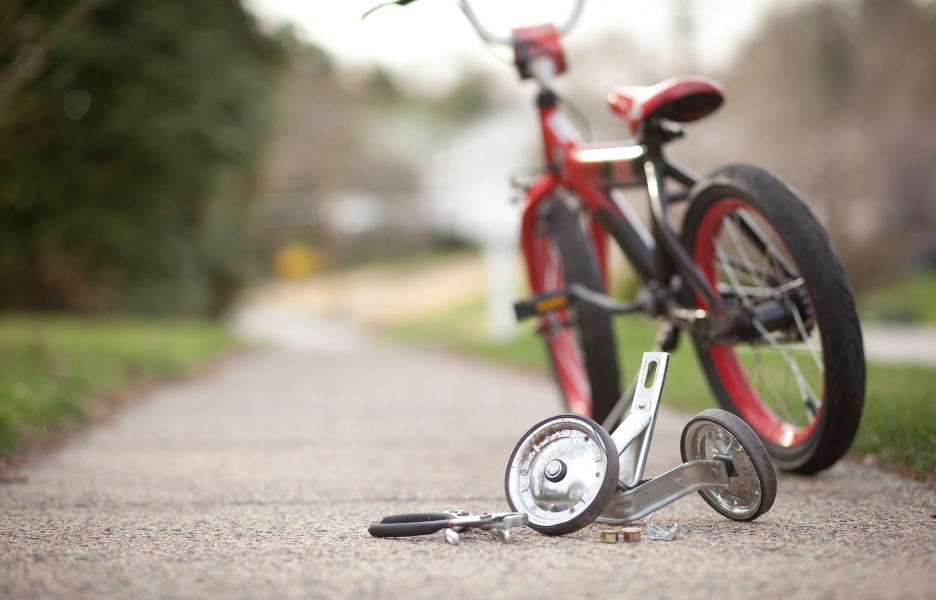1. Sounding out words
This is probably the hardest thing to stop doing! Why? Because the main way that educators teach reading is by sounding out. Sounding out a word is just one way of identifying words on the page. Focusing on sounding out words can prevent a person from developing the correct neural networks for reading.
For example, read this sentence about pets:
M_ d_ _ l_ _ _ _ t_ b_ _k a_ m_ c_ _.
How is it possible to read this? Rather than decode or recognise words, your brain relied on a different strategy. It is important that learning to read allows a person to have access to using ALL relevant strategies to learn to read, rather than rely only on one or two – sounding out or recognising sight words. A focus on sounding out, is a little like thinking that pedalling a bike is the main way to learn to ride a bike. Is it likely to have a child ride an exercise bike for weeks and then just know how to ride an actual bike? Most likely not. There is a lot more to riding. Pedalling is not the main event of bike riding. It is just one part. Just like sounding out words is not the main part of reading. Focusing on sounding out with your child is like leaving them spinning on an exercise bike.
2. Using a finger to point at the words
Most people are told to use their finger when they have trouble keeping their place. Although it may help with losing place, the child or person using their finger doesn’t usually get better at reading fluently. This is similar to putting training wheels on a bicycle when a person keeps losing their balance on a bike. Although it’s easier to stay upright, there is no way to get good at “fluent” riding with them on. Whilst you can make one symptom or problem look better, you can inadvertently stop another from getting better. The same happens with using a finger to keep place. Whilst making one symptom better, others may be prevented from getting better. Read Right methods do not need a person to use a finger to keep their place, yet easy, fluent reading is an outcome of Read Right.
3. No longer reading to your child
Looking for more time to have your child practice their reading is understandable. However, having time where you read TO your child is vital, too. Demonstrating excellent reading to your child allows them to see what the end result of learning to read is. It’s like taking a young child on the back of your bike for a ride. Or having a child ride on the back of a tandem bike. Although you have control of the bike, your child can learn about the purpose AND enjoyment of bike riding. The same is true of reading to your child. They learn new vocabulary, the purpose of reading and can fully enjoy the experience, which makes them more likely to want to succeed at it themselves.

These three STOP doing items, together with your Read Right program will transform your child’s reading in weeks and months. Click here to book your sessions today.




